Air Source Heat Pumps
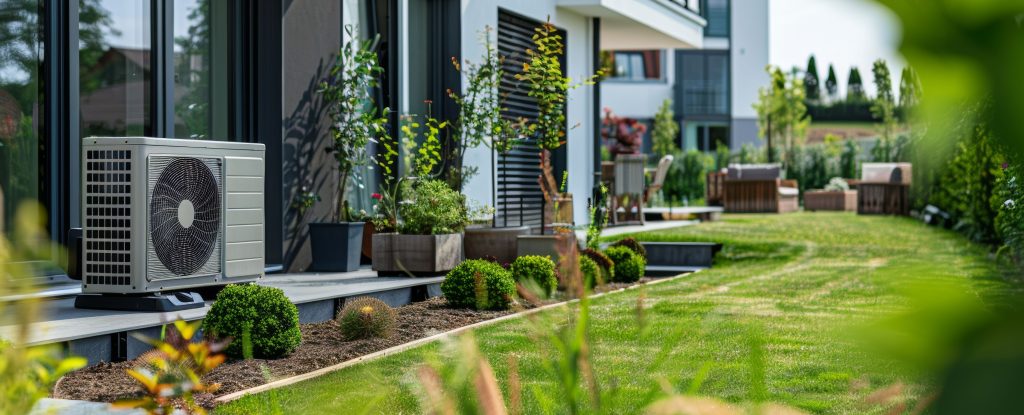
What types of air source heat pumps do we install?
Air to air heat pumps
- This system works in a similar way to an air conditioning unit, in that an external unit is installed and absorbs heat from the outside air, by compressing it and condensing it, before circulating this heated air around your home.
- This process can also be reversed to provide cooling in the warmer months.
- These systems have become increasingly popular because there is no gas or oil involved. They are a cost-effective alternative to central heating methods such as combi or gas boilers and can run off just 20% electricity as up to 80% of the energy is drawn from the air itself.
- Many of the systems we install possess an A+++ energy efficiency rating, so you can expect this to have a positive impact on your energy bills.
Air to water heat pumps
- These systems operate in the same way as air-to-air heat pumps, however the gas is condensed into a liquid state to supply hot water to your radiators and showers, as well as underfloor heating.
- Our fully qualified F Gas Engineer safely connect your new heat pump, water cylinder, underfloor heating and radiators.
- With a renewable energy heat pump, the heat output significantly outweighs the electricity input, so your running costs are significantly reduced as opposed to traditional heating systems. These heat pumps are efficient and so reduce carbon emissions making them sustainable and environmentally friendly. Our engineers can install these systems in conjunction with air-to-air heat pumps to your specifications so that your property benefits from both warm air and hot water.
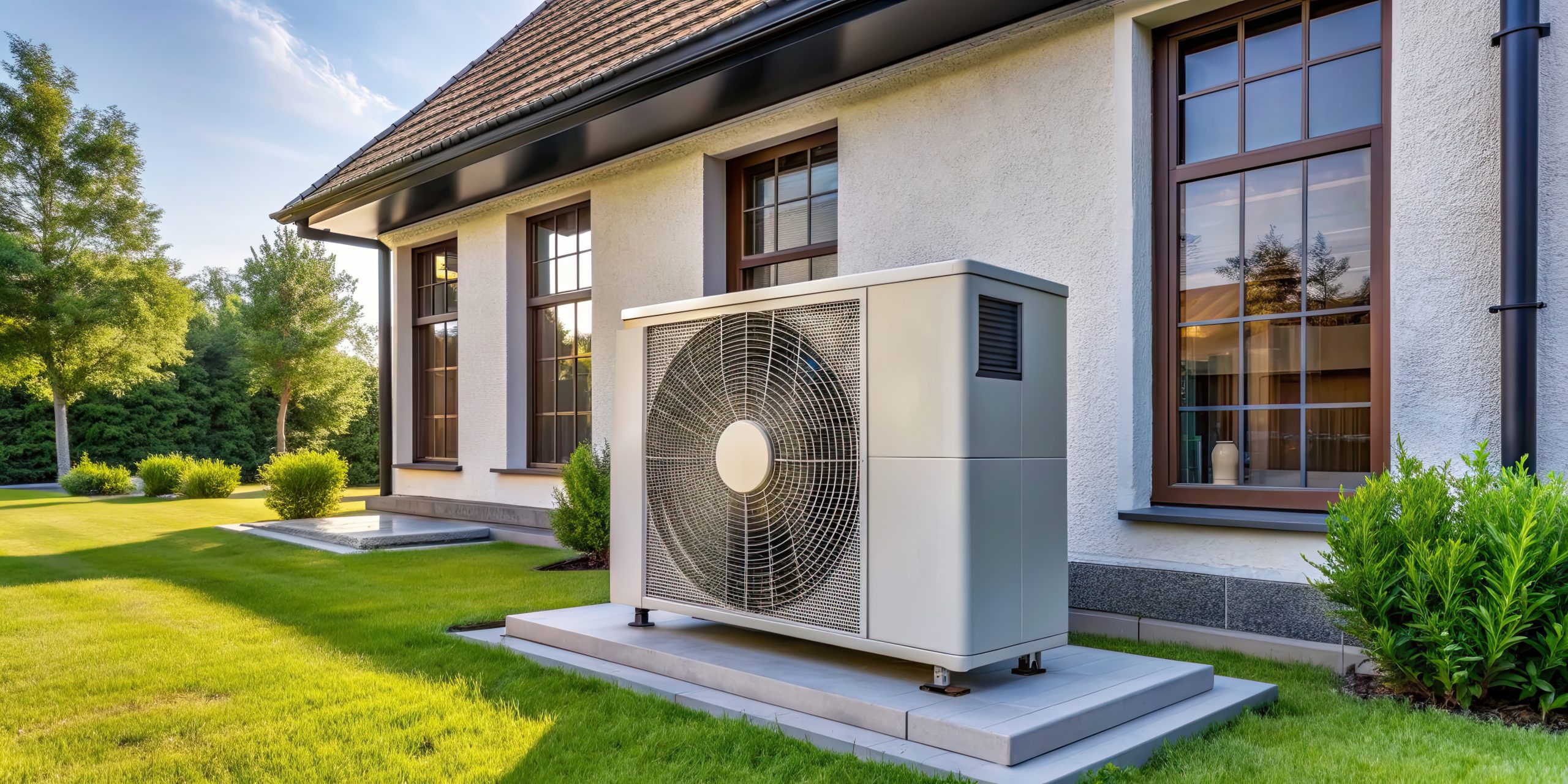
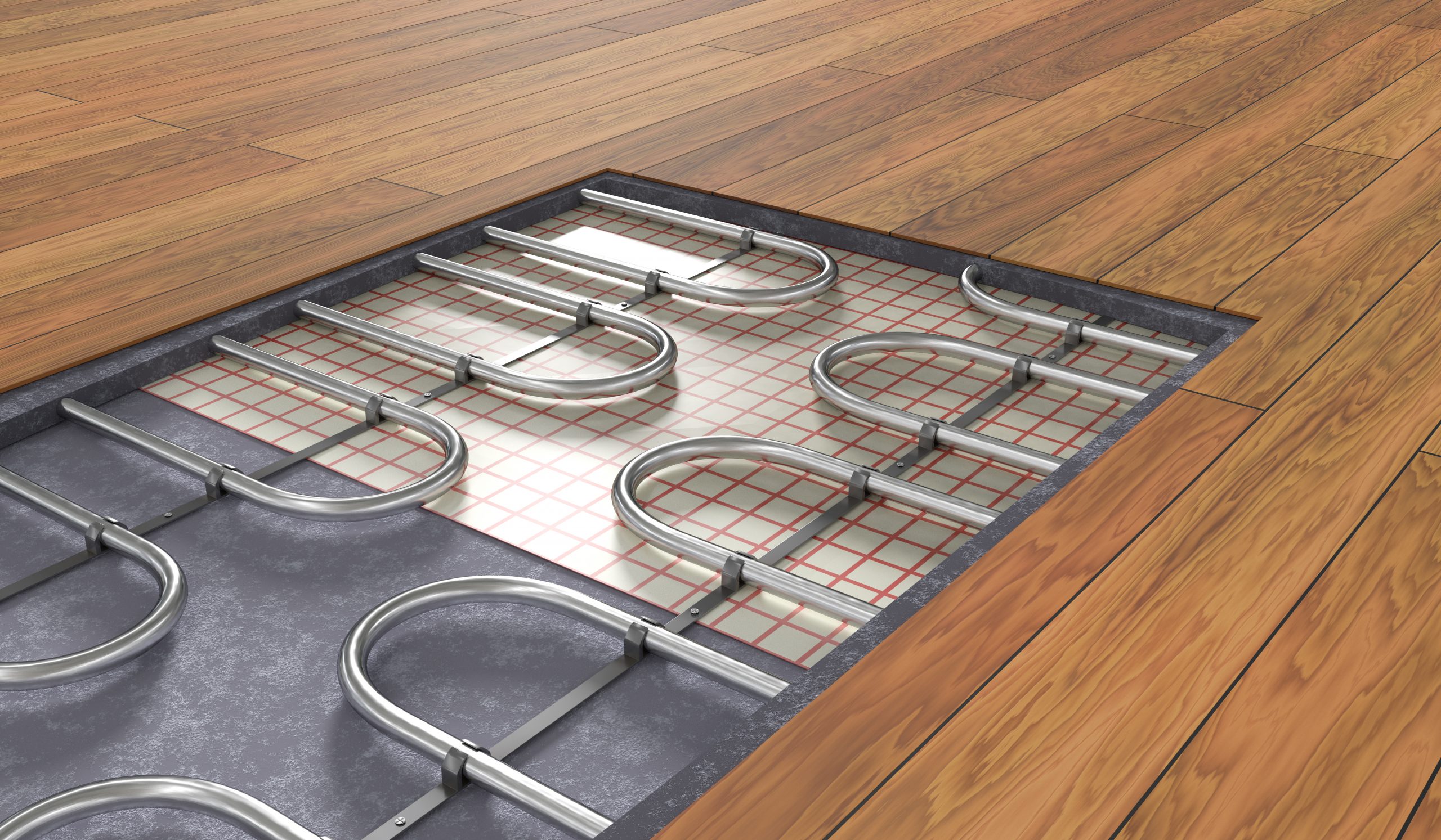
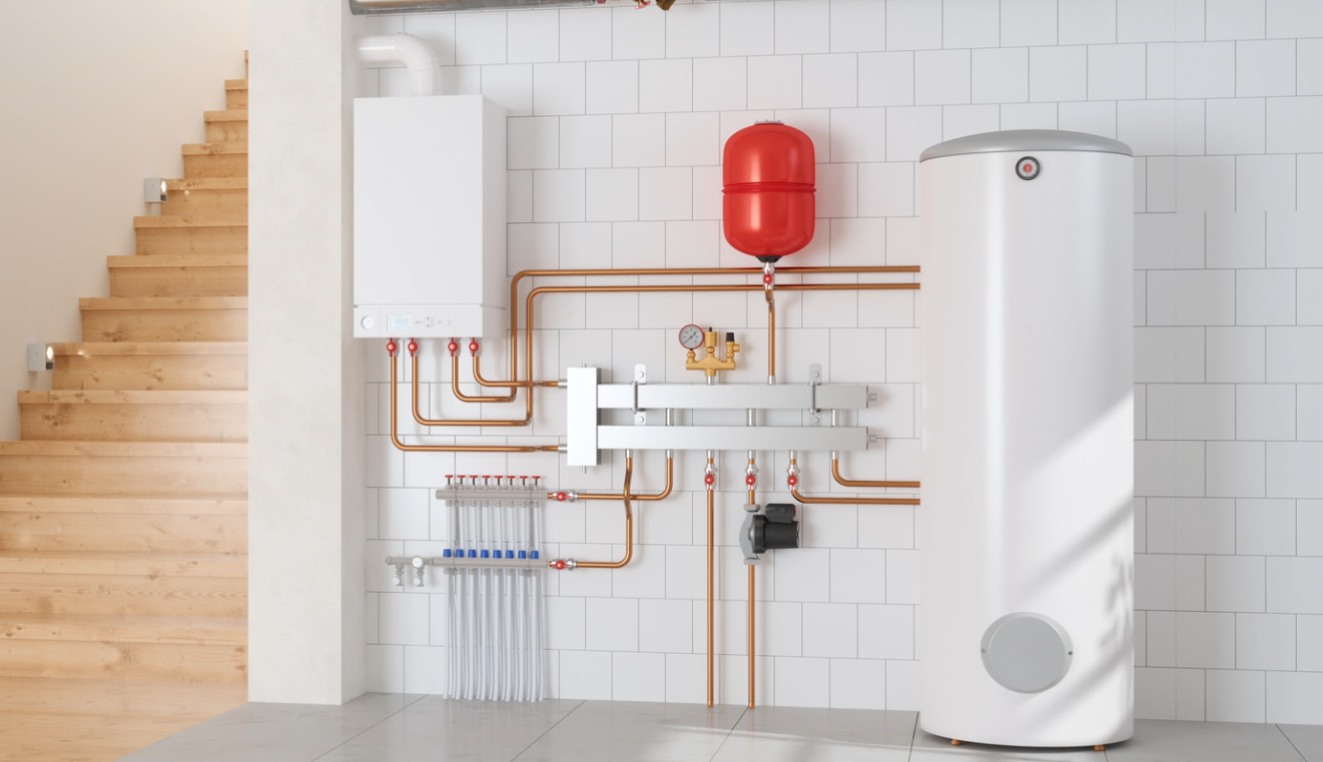
Air to water heat pumps have become a popular choice for heating and DHW. When it comes to air to water heat pumps, there are two main types: split and monobloc.
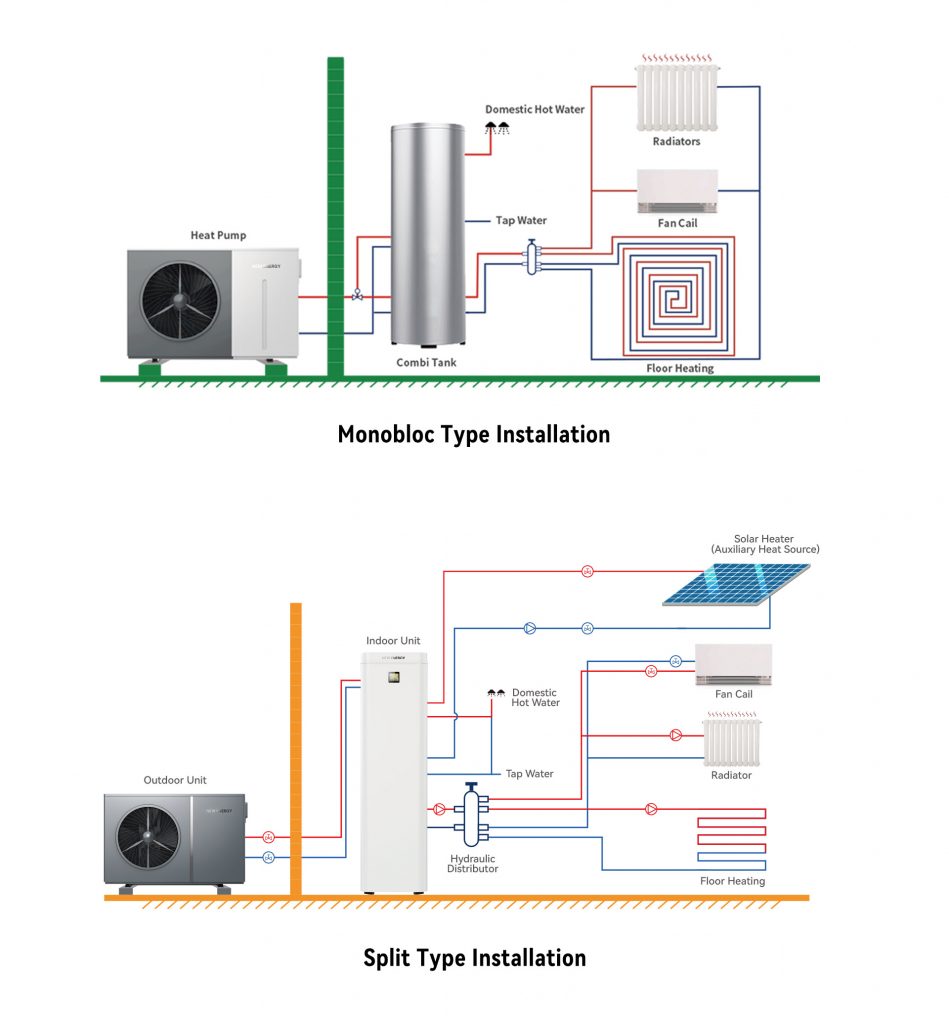
What is the difference between monobloc and split system air source heat pumps?
The main difference between a monobloc air source heat pump and a split system air source heat pump is that the monobloc heat pump has all the necessary components for an air source heat pump contained within one single unit. unit is larger than that of the outdoor unit of a split system air source heat pump.
The split system, as the name suggests, splits the components between two units. This leads to differences in size, flexibility, noise emitted and installation requirements.
Size variations between monobloc and split system air source heat pumps
The monobloc air source heat pump is a single unit that is placed on the outside of the residential dwelling as close to the water supply of the dwelling’s heating system as possible. The footprint of the monobloc unit is larger than that of the outdoor unit of a split system air source heat pump.
Although both types of air source heat pump have the same basic components, the split system connects its two units together with pipes that transfer refrigerant between them. The outdoor unit captures heat from the air, and the indoor unit transfers that heat to the heating system of the dwelling.
The monobloc unit has a closed-circuit system for the refrigerant and it connects in a similar way to a conventional gas boiler to the hot and cold-water supply of the dwelling.
It means that monobloc units must be situated as close to the heating system as possible to limit the length of pipe required. As the pipes carry water, they need to be insulated to prevent freezing in the winter and limit heat loss from the warm water generated by the monobloc air source heat pump. Also, as the systems containing water are outside the building, they need to be protected from frost damage by the addition of anti-freeze.
With a split system air source heat pump, freezing is not an issue as all the components that handle water are housed within the indoor unit. The two parts of the split system are connected by refrigerant pipes, rather than water pipes, and the connection can be several metres long if required, leading to greater flexibility when positioning the outdoor unit further away from the dwelling.
Noise considerations for monobloc and split system air source heat pumps
The overall noise levels of monobloc and split system air source heat pumps are similar, however, the advantage of the split system is the ability to place the fan unit farther away from the dwelling. This distances the source of any potential noise issues from the occupiers and could play a part in projects with a focus on acoustic comfort.
How can you decide if a monobloc or split system air source heat pump is best for your project?
Deciding whether a monobloc or a split system air source heat pump is your best choice will depend upon the heating demand of the dwelling, project limitations on external and internal space, the position of units, acoustic and aesthetic requirements, and the availability of suitably trained installers.
If you would like to learn more about the specification choices of monobloc air source heat pumps and split system air source heat pumps can offer to help meet your project requirements, please contact one of our pre-sales team specialists.
